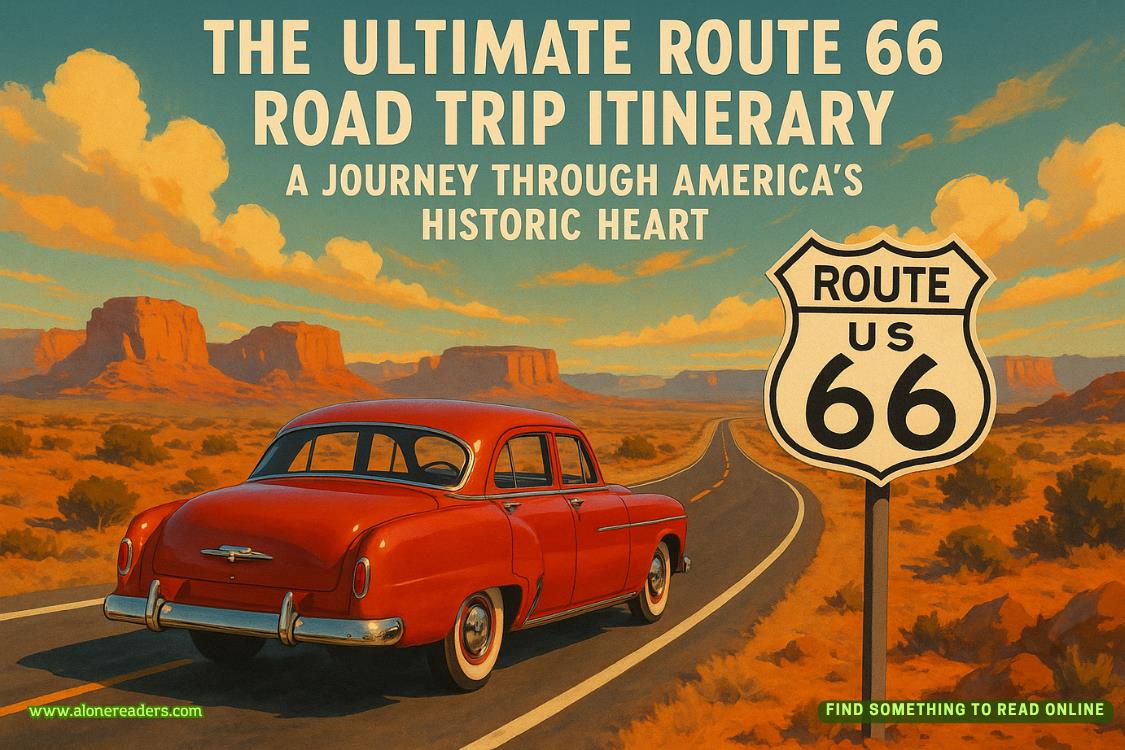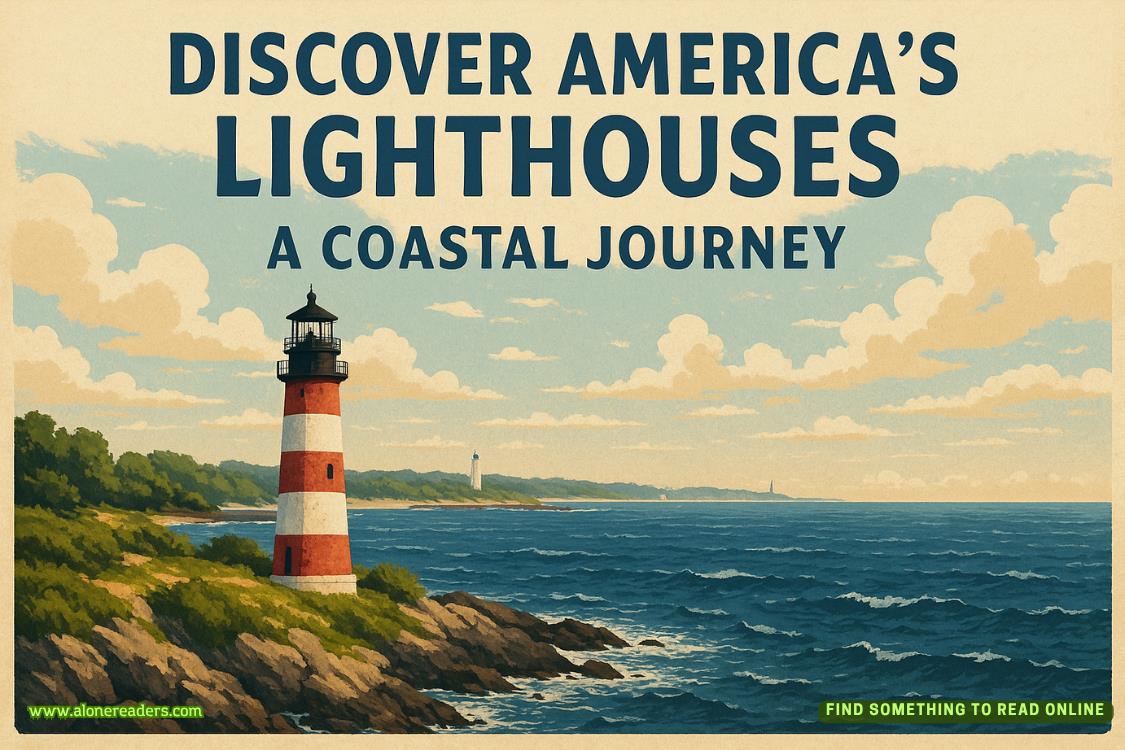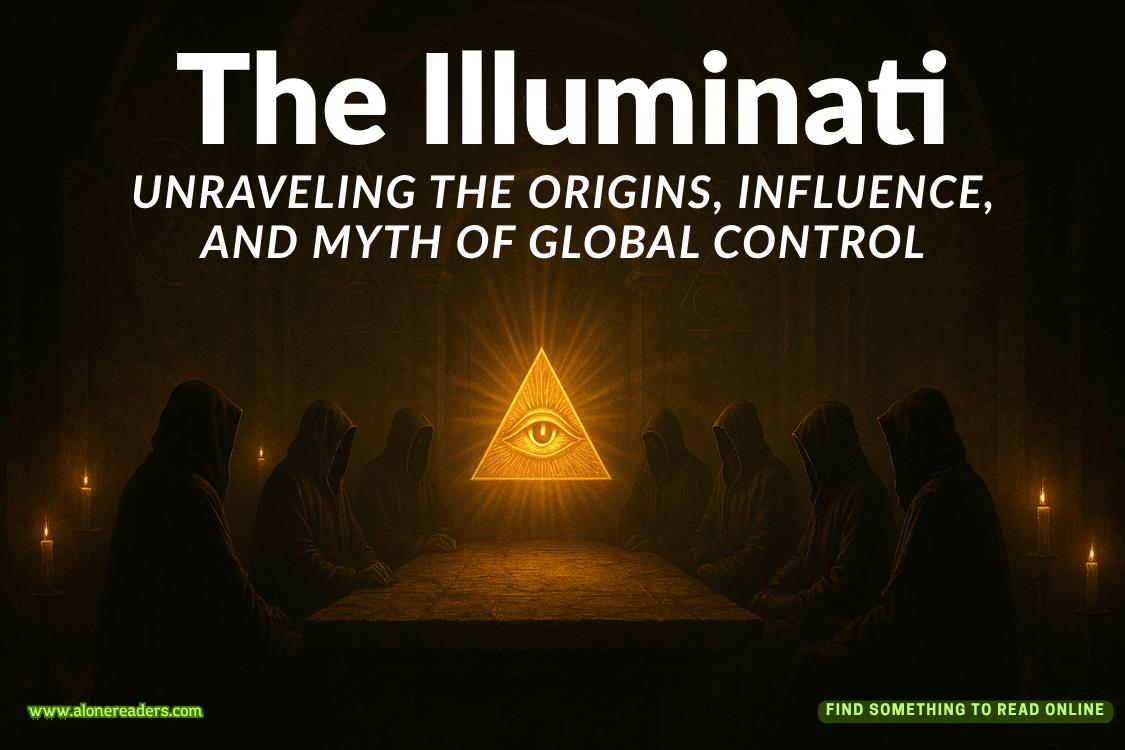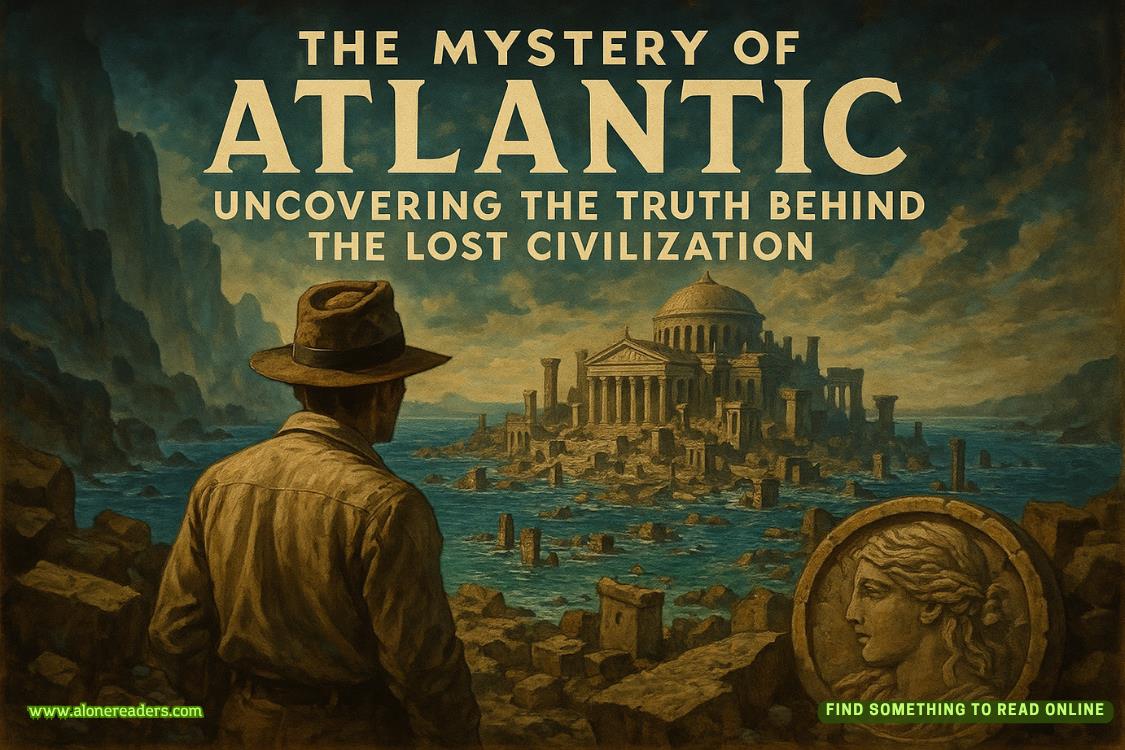Page 83 of Roommate
“That’s one take on it.” Rod laughs. “There’s a reason nobody uses that as a university slogan.”
“Am I a better person if I get a diploma on a piece of paper?”
“No.” Rod pulls a shirt from the closet. It’s white, with a conservative navy-blue check running through it. “If this fits you, wear this with dark jeans. And tuck it in.”
“Jeans?”
“This is Vermont. And nobody is trying to make you into someone you’re not, Kieran. The only point of this exercise is to get half price on courses that you already want to take.”
“I hate interviews,” I grumble, pulling on the shirt.
“You don’t say.” He snickers. “It isn’t a parole hearing, honey. Go in there and smile at the nice lady so she’ll give you money for art school.”
“Parole hearing.” I snort, reaching for my dark jeans. “You have first-hand experience with those?”
“No, but the day is young. Now quit whining and get out of here. You look hot in that shirt, by the way. Be a good boy, and I’ll take it off you later.”
That’s as good a motivation as any. So I go. Reluctantly.
* * *
Things start off pretty well with the interviewer. Dean Eloise Rubinstein is a comfortable-looking woman in her mid-sixties. Rod would probably compliment her earrings and chat her up about the art on the walls of her office. But I’m intimidated by the abstract art on the walls and the grand office overlooking the sculpture garden.
“So tell me, Kieran, why do you want to go to art school?”
I’ve been expecting this question. But that doesn’t mean I have a satisfying answer. “Well, that’s the thing. I never did apply to art school. You basically talked me into it.”
She laughs, which is a good sign, I guess. “Yet, here you are. So how exactly did we arrive here?”
“Right. Well, I’ve been taking online classes in design. I never tried to become the next great artist. That’s not how I look at my designs. But I enjoy making things, and I’d like to make better things. And—if it’s possible—I would like to find a way to make a living at it.”
She nods encouragingly.
The rest comes out in a rush. “So that’s why I thought I’d audit some classes. Because you guys know things that I don’t.”
“See, that’s actually a pretty good attitude for starting an art program. And there are more people than you can shake a stick at making a living from their art, either directly or indirectly.”
“That’s good news.”
“When did you first realize you cared about the visual arts?” she asks.
“Oh, I was just that kid who was always drawing,” I tell her. “Teachers liked it. They used to tell me I was creative and put my drawings in the middle of the bulletin board. But when I hit my teen years, I stopped drawing in public. I got the message that art wasn’t a cool thing for boys to do. And I didn’t take any art classes for a really long time.”
She flinches. “You’re not the first person to sit in this office who had that experience. I worry about all the boys—and girls—who are told not to express themselves this way. So what got you started again?”
“Farming,” I say with a chuckle. “My parents needed to list some products for sale from our website. My mother asked me if I could design something that looked professional. So I started noodling with designs. My younger cousin does the art for his family farm, too, and he introduced me to Photoshop. I liked it so much that I dove right in.”
“What did you like about it?”
“I liked how practical it was,” I admit. “If you make a mistake in paint, it can be hard to fix. But Photoshop lets you undo anything. Copy anything. Try anything. The result is a little less interesting than a painting or a drawing. But I guess I’m an awfully practical guy.”
She beams.
“And one day I wondered if I could make extra money doing this fun thing that I’d taken up as a hobby. So I typed ‘Photoshop’ into a jobs board. That’s how I lucked into a design-rendering job at an ad agency. They didn’t care that I have no formal training. They thought it was a plus, honestly, because they pay me almost nothing, and I’m still happy to show up every day.”
“Ah,” she says with a sad smile. “Many young artists are familiar with the problem.”
“Sure. So I’ve made a lot of digital art for them. But I also started painting at home when I have free time. Which is almost never, especially during the holidays. There’s no daylight when I’m home from the ad agency, and there’s been a lot of overtime in the last month. That’s why none of my paintings made it into the portfolio I sent you.”















